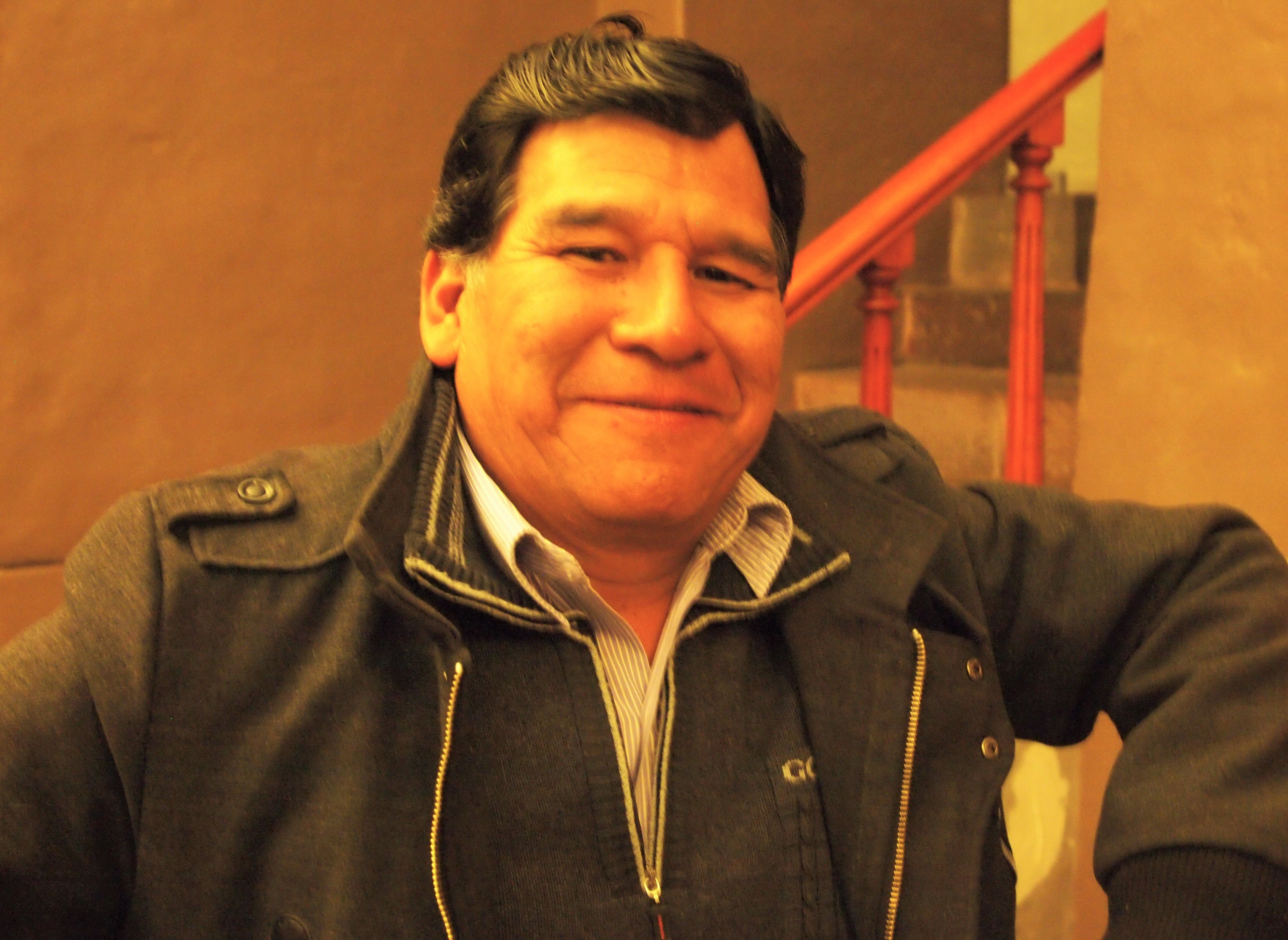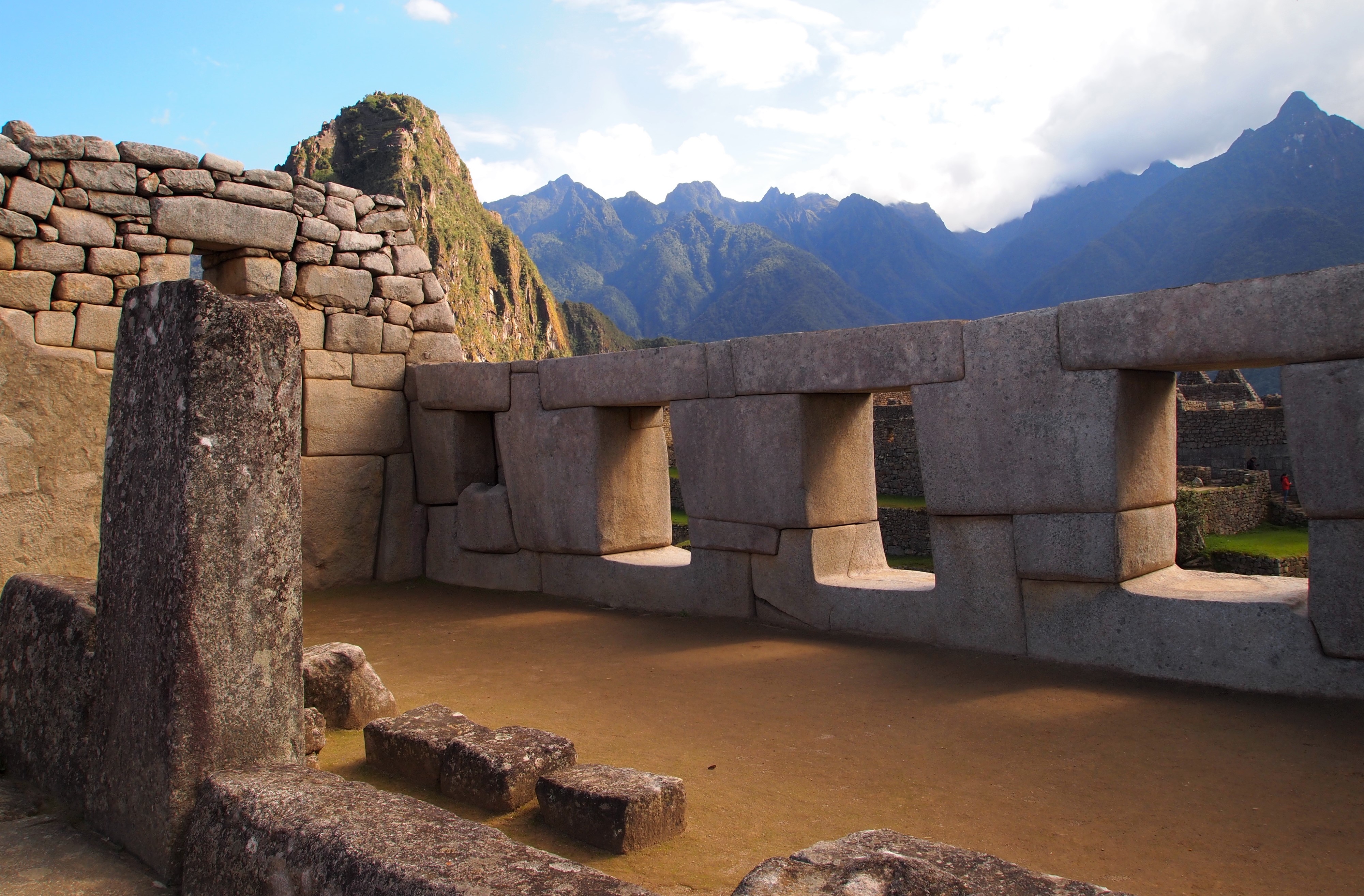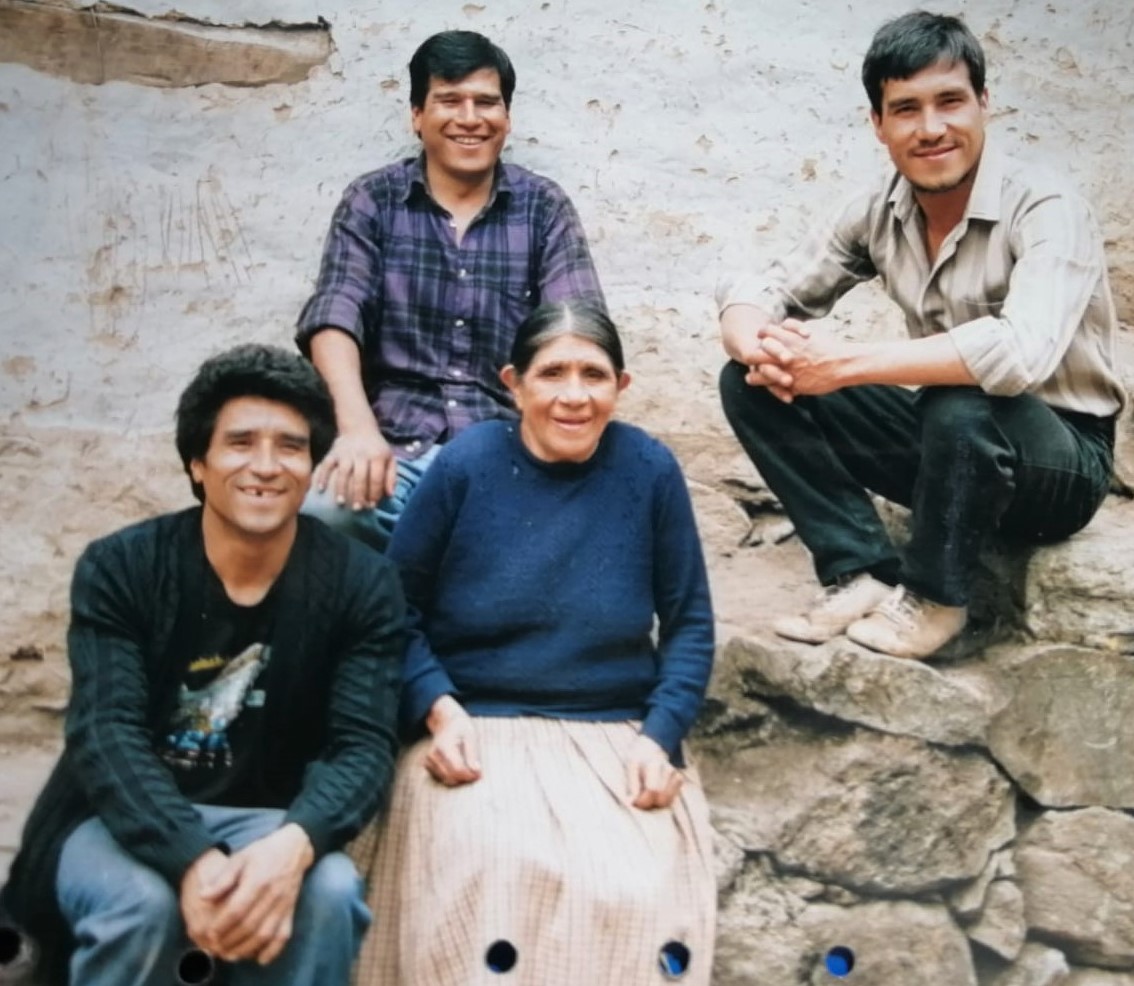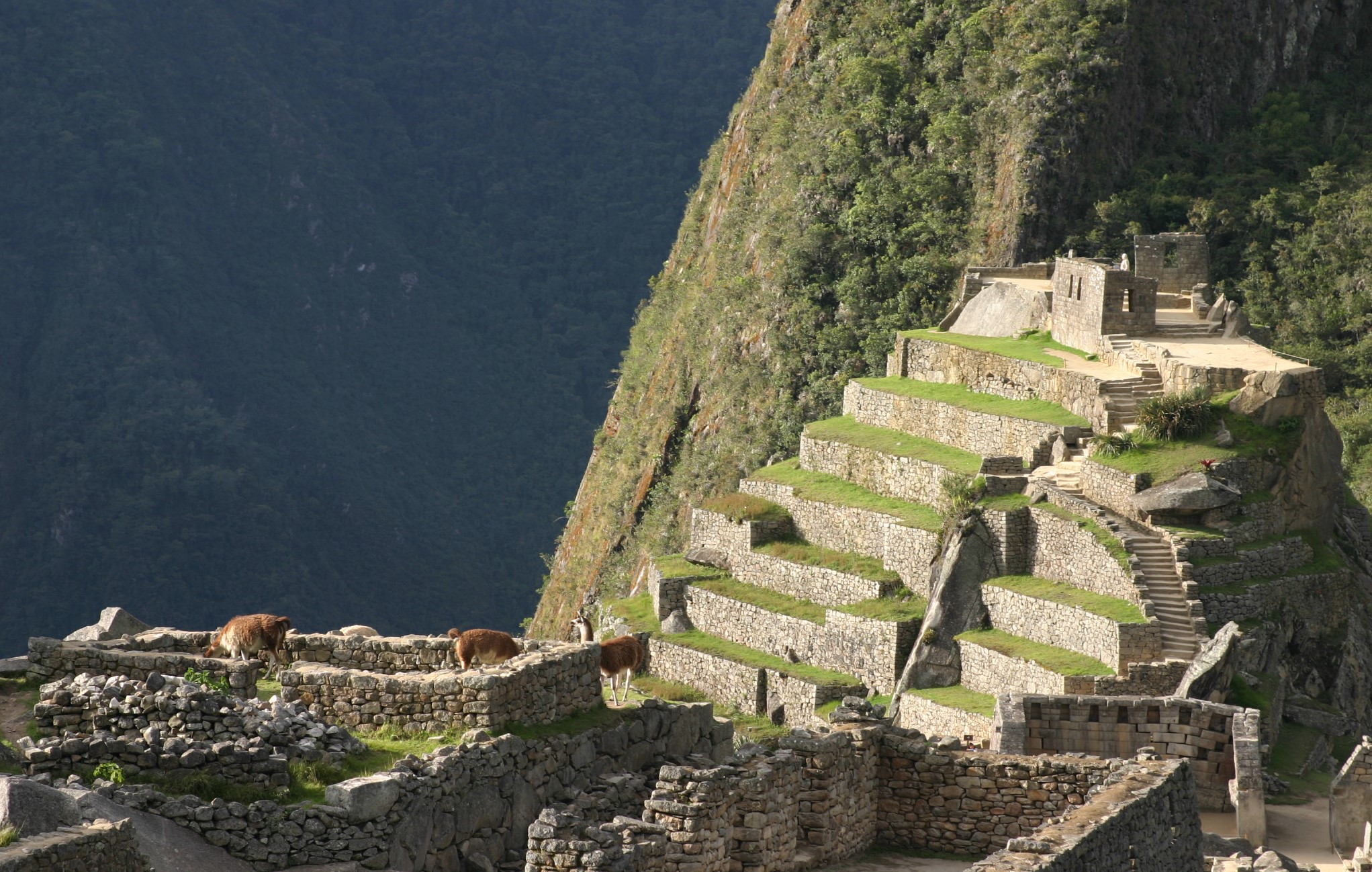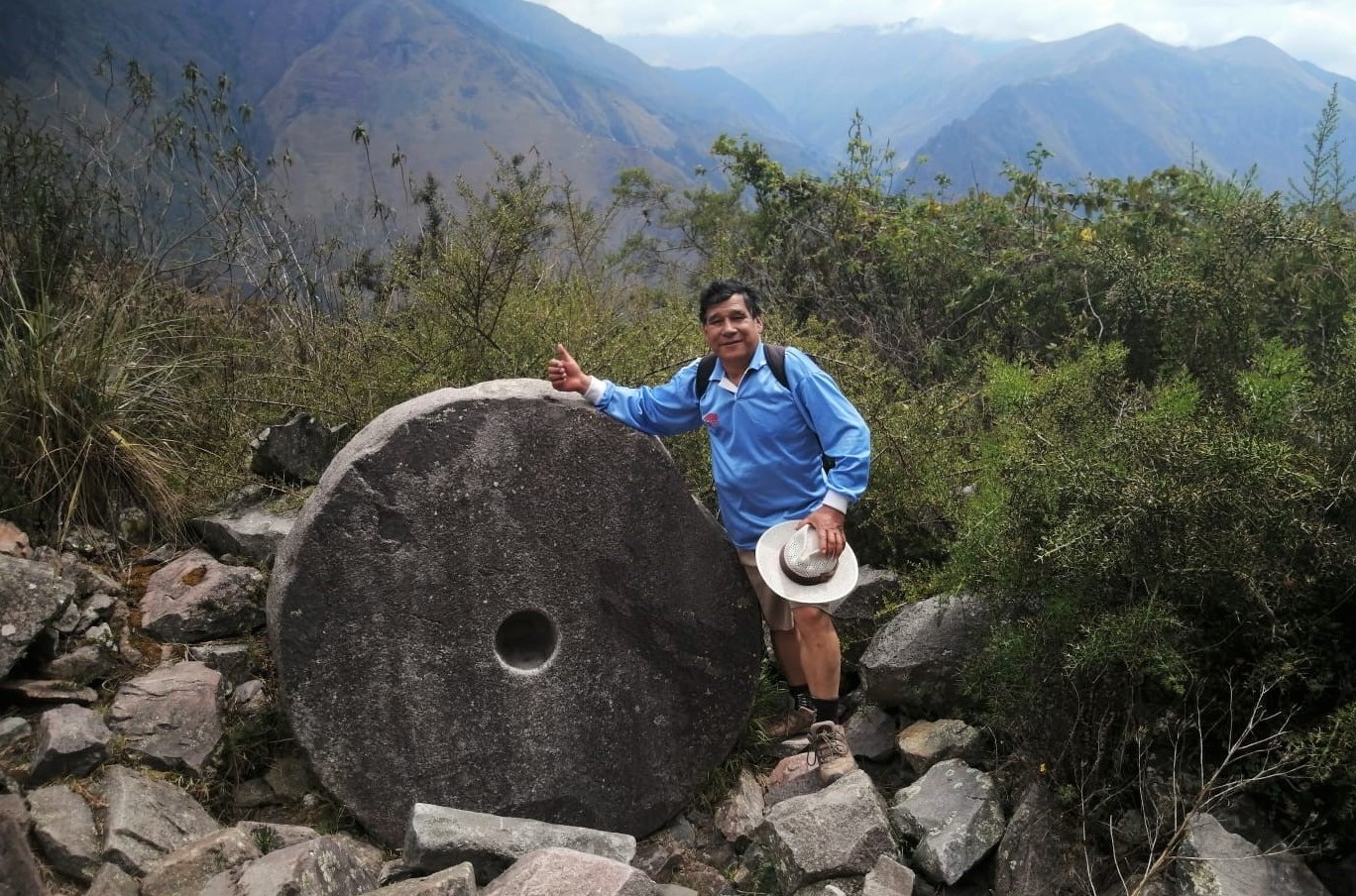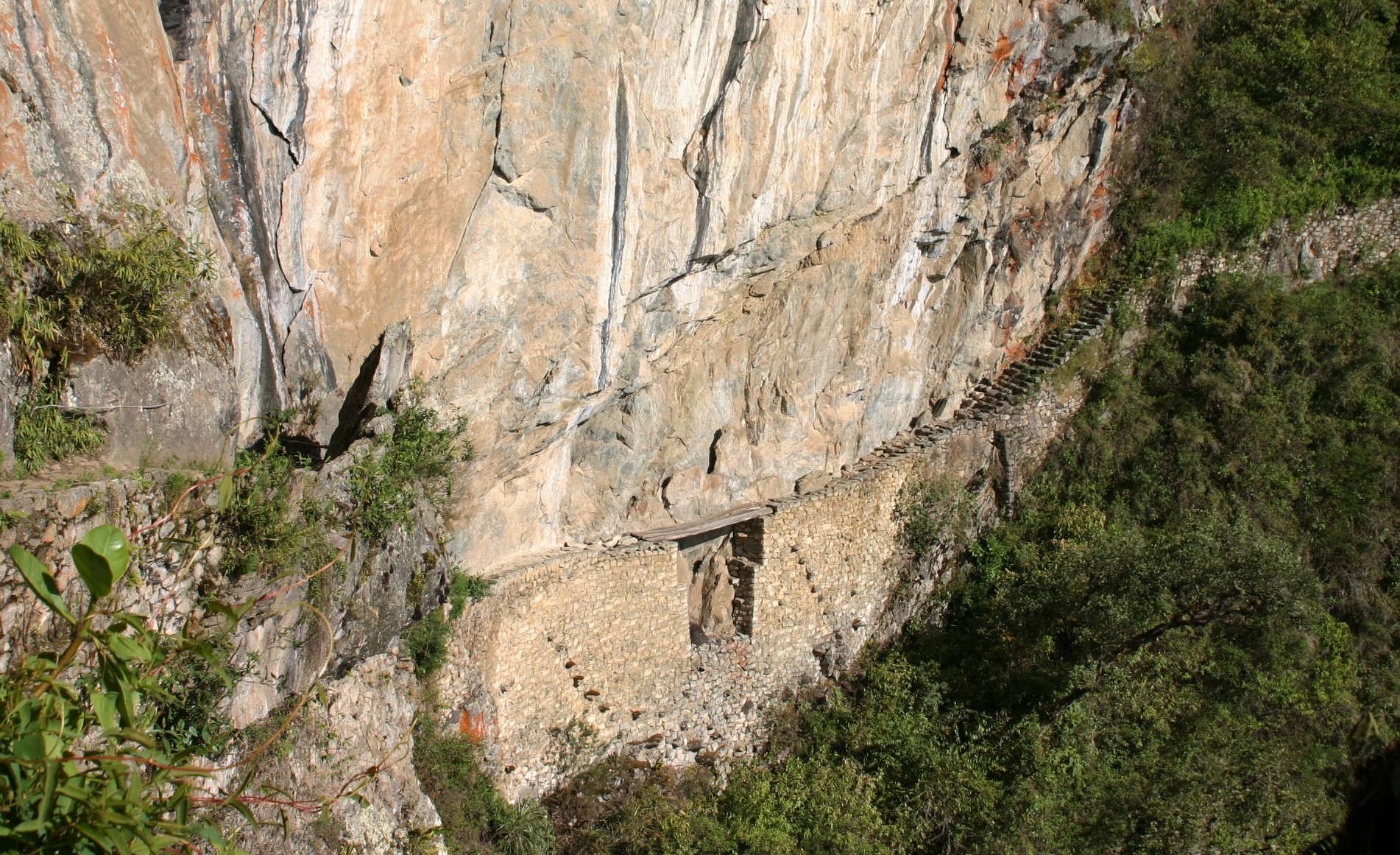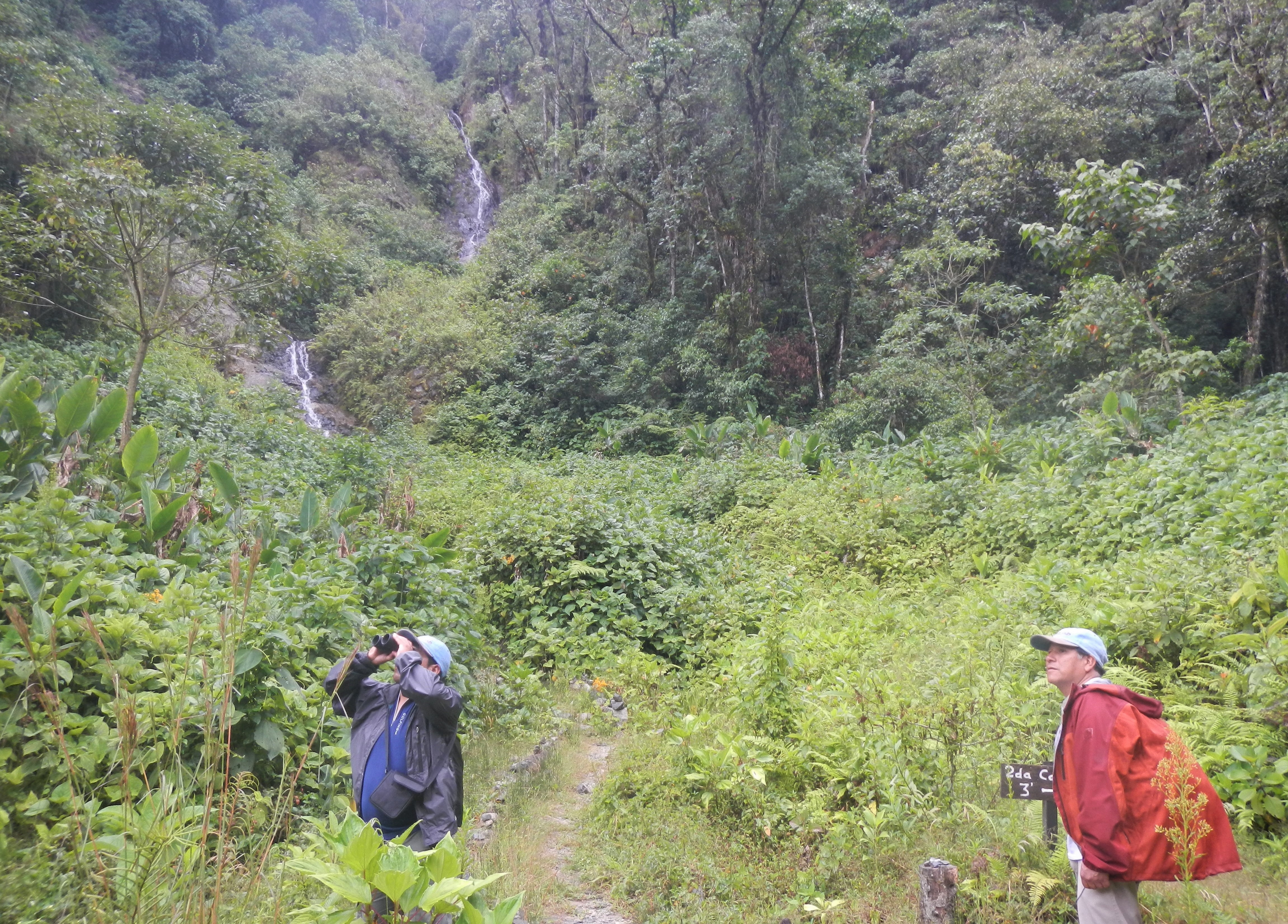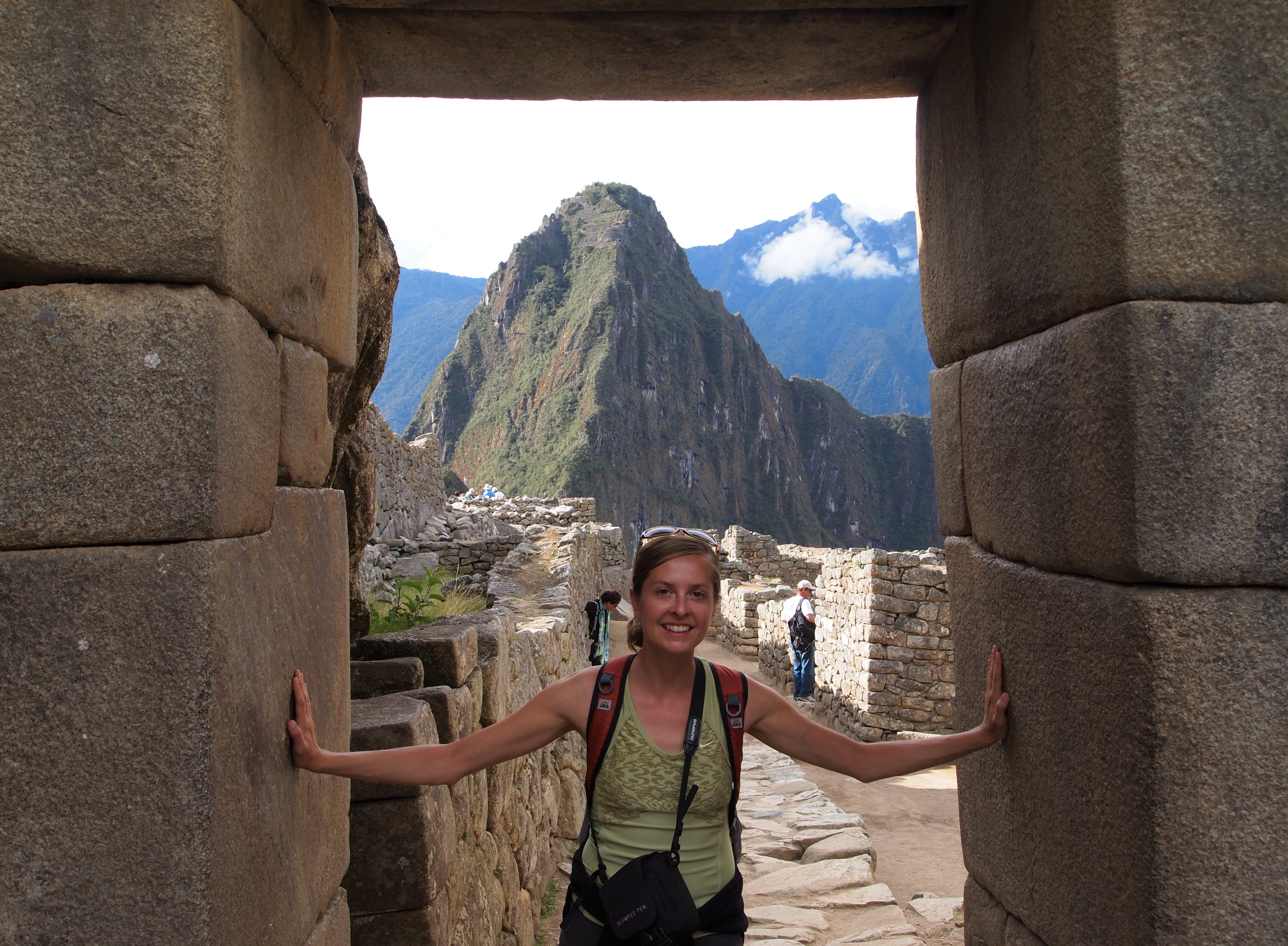By Tom Damon
On your next Southwind trip to Peru, you could have the opportunity to travel with the descendant of one of the local discoverers of Machu Picchu! Romulo grew up at the foot of Machu Picchu Mountain before venturing to Cusco, the former Incan capital, to study Tourism at the San Antonio Abad University. For the past 25 years, this native of the Andes has been guiding travelers throughout Peru’s highland communities and majestic mountain ranges. He is fluent in Quechua, Spanish and English and co-author of two guide books on the region. Romulo is a great asset to any Southwind Peru trip, especially family trips. He lives in Cusco with his wife and two daughters.
On your next Southwind trip to Peru, you could have the opportunity to travel with the descendant of one of the local discoverers of Machu Picchu! Romulo grew up at the foot of Machu Picchu Mountain before venturing to Cusco, the former Incan capital, to study Tourism at the San Antonio Abad University. For the past 25 years, this native of the Andes has been guiding travelers throughout Peru’s highland communities and majestic mountain ranges. He is fluent in Quechua, Spanish and English and co-author of two guide books on the region. Romulo is a great asset to any Southwind Peru trip, especially family trips. He lives in Cusco with his wife and two daughters.
Below, as part of our 30th anniversary commemoration, our respected colleague Romulo shares some of the early history of Machu Picchu for Southwind travelers and friends.
By Romulo Lizárraga
When guiding tour groups, Southwind travelers often ask me 3 important questions: when Machu Picchu was built, what was the function of the citadel and when it was discovered; now I will explain the historical account from those living there and mysteries of this iconic site.
Some of the well-known archeologists from Peru, such as Dr. Julio C. Tello, said Machu Picchu was built around 1350 to 1500 AD during the pinnacle of the Inca period. Some Peruvian scholars think that some of Machu Picchu’s temples were possibly built before the Incas while other portions during the Incas time.
Mr. Hiram Bingham, professor of history at Yale University, studied Machu Picchu from 1912 until 1920 and wrote in his famous book “The Lost City of the Incas” that the Incas built Machu Picchu in the 1400s.
As I was born in the area of Machu Picchu, since my childhood my brothers and I used to explore the jungles and mountains around it. We found caves with ancient human skeletons belonging to remote times. The area does not only contain the famous Inca Citadel, but several other pre Inca archeological remains in the its outskirts. It means there were several native Quechua speaking groups living in the area before the Incas. The local inhabitants of this region think that these people were the first builders of Machu Picchu’s foundations and the terraces used for agriculture. Locals think that later the Incas developed an amazing technology to build and expand the capital city of Machu Picchu.
Those travelers who walk the Inca Trail to this historic sanctuary often visit the recent archeological discoveries nearby, such as the ruins of Wiñaywayna, Intipunku, the Sun Gate, among others.
Regarding the function of Machu Picchu there are several opinions, fortunately investigations have made significant advances in the last hundred plus years, and as far we know, the citadel was the political capital and also the spiritual healing center of the jungle region where the Inca King and his officials would visit once in a while.
The population of Machu Picchu was no more than 1,000 people. These individuals were very well educated, they were the most intellectual ones, with a lot of knowledge in politics, architecture, agriculture and medicinal plants. Also, they had enough production in the area, from many varieties of potatoes, corn, quinua and vegetables, to sustain their nutritional needs. In my personal opinion, these people were spiritually connected with nature. Rivers, mountains, the mother earth, the condor (as a powerful messenger to human beings), the apukuna mountain spirits, the stars, constellations and many other deities, were part of this close connection to the natural world.
There are many reasons to visit Machu Picchu, not only to see Peru’s world-renowned archeological monument, but also to experience, feel and enter a powerful spiritual dimension, full of secrets and mysteries. Visitors come away appreciating the peace and harmony of the site, the energy from mother nature and awed by the exceptional structures.
The Spanish conquerors never found the Inca Citadel of Machu Picchu. The citadel, which means “ancient mountain“ in the native quechua language, was intact up to the beginning of the 20th century when local farmers grew crops such as corn, potatoes, bananas, and coffee beans on the slopes of the mountains and along the banks of the Willkamayu River “the sacred river.”
In 1875 my grandfather Angel Mariano Lizárraga was leasing land at San Miguel which is at the foot of Wayna Picchu “young mountain” which sits below the ruins of Machu Picchu. Angel Mariano had a brother Agustín Lizárraga, who came to help him farm in 1890. Agustín always was searching for additional fertile land to cultivate crops in the region.
In 1900, Agustín began to clear land by burning the dense vegetation at the foot of Wayna Picchu. One day after burning a great stretch of plant growth, he climbed the cleared slopes to explore an area he’d never entered before. There, Agustín found an ancient stairway rising from the banks of the Willkamayu River, west of the citadel and leading as far as the Sacred Plaza of Machu Picchu. My great uncle Agustín was very excited when he saw level areas filled with rich soil to be cultivated. Then, he realized his discovery was much greater: the terraces formed the outer edge of a vast mysterious city hidden for hundreds and hundreds of years in the jungle. Agustín began to cultivate several kinds of crops on those rich soil terraces until 1911.
Agustín likely was the first man in modern times to know of the existence of the Machu Picchu ruins. On one of his return visits, he left an inscription on a rock of the temple of the three windows that was inscribed for posterity “A. Lizarraga July 14 1902”. Agustín noted the walls of the Inca buildings were perfectly constructed and he became thrilled when he noticed that in each exposed niche were placed ceramics, tools and figures carved in stone, but my great uncle had no desire to remove them from the ruins, because he knew it was a sacred place and did not want to touch any of the objects for fear of being punished by the ancient beings of the city.
In July 1911, Hiram Bingham had arrived to Cusco city, the former capital of the Inca Empire where he had a contact at the University of Cusco, Dr. Albert Giesecke, an American born rector of the San Antonio National University of Cusco. Geisecke repeated stories he had heard about the ruins above the Willkamayu River and suggested Bingham to meet a quechua man, Agustín Lizárraga. Bingham began his adventure in Cusco accompanied by sergeant Carrasco, his military escort. After a few days of horseback and trekking they arrived to Mandor Pampa located below Machu Picchu Mountain, where Bingham shook hands with Agustín. That evening, they talked a lot about the “ruins“ and professor Bingham offered to pay Agustín “one sol” (USD $0.20 cents) of salary which was equivalent to 2 days of work in those days, for his assistance.
The next day was July 24th, early in the morning Professor Bingham was taken by my great uncle Agustín and his friend don Melchor Arteaga to explore the famous monument. Bingham was excited to see the Temple of the Sun, the sundial and some other beautiful stone constructions. He took hundreds of pictures among them the inscription of “A. Lizarraga July 14 1902”.
The professor from Yale was looking for the lost city of Willcapampa (today Vilcapampa), which was Manco Inca’s last stronghold in the jungle after the Spanish conquered Cusco. That is why perhaps Bingham called Machu Picchu, Vilcabamba the Old since the first day he saw the ruins. Since 1912 Bingham began his investigations at the ruins, he worked under the sponsorship of Yale University and the National Geographic. During the excavations they found a lot of remains such as human skeletons, ceramics, stone carvings, bronze, silver and gold tools. All these findings were taken to the Peabody Museum located in New Heaven, CT. Then in 2012, 325 ceramics pieces were repatriated to Peru and most can now be seen at the Casa Concha Museum in Cusco.
On one of my trips to the United States, I was fortunate to have the opportunity to visit the Peabody Museum and see the valuable artifacts and remains of the Incas. It is with a lot of nostalgia that I remember and recount all the stories my parents told me when they met Mr. Hiram Bingham.
To plan your own explorations of Cusco, the Sacred Valley and Machu Picchu, I invite you to connect with a Southwind Travel Consultant. You’ll be able to design a customized Peruvian itinerary for your family, group of friends or together with your spouse. You can choose the dates that fit your schedule best. Late April to early November is an ideal time for outdoor pursuits during the Andean dry season. Be sure to request Romulo in advance as your guide and prepare for one of your most memorable adventure travel vacations!
Travel well,
Tom Damon
President & Travel Specialist
Southwind Adventures
Words from a Southwind traveler:
“We just got back from our Peru and Galapagos trip and everything was fantastic. We had a really memorable trip and all the trip logistics went off without a hitch. Our trek guide was Romulo Lizarraga and it was great to have a descendent of the local discoverers of Machu Picchu to guide us. He was full of stories and taught us a lot. Romulo was a great guide who shared his life experiences from being born in Machu Picchu.”

